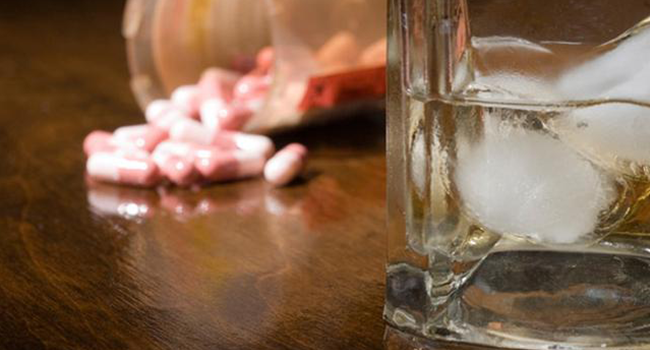Ketamine is a popular party drug, and on the face of it this very powerful dissociative anesthetic has a lot going for it.
Almost instant relaxed feelings and memorable highs are yours, but those involved with the drug need to be very careful that regular use does not creep up on them and leave dependence issues waiting in the shadows.
Potently Powerful:
Most users will snort or inject the drug although it can be ‘dropped’ in pill form or smoked. Many will be unaware that gram for gram it is more powerful than cocaine or amphetamine. This fact alone puts it right up there in the strength and addictive leagues
It is also very well placed in the ‘instantaneous effect’ division. Because once Ketamine is taken there is no hanging around. Those taking it in the most common ways have between 2 and 5 minutes before the drug starts to take effect, those injecting will feel the wave 30 seconds after the syringe is emptied.
Full-Body Buzz:
A Ketamine high only lasts around 1 hour. It begins with the initial sensation of complete relaxation. This is sometimes referred to as a full-body buzz. Floating sensations are common and reports have mentioned being detached from the body.
Hallucinations are another fairly regular experience, although these can be positive or otherwise dependent upon your frame of mind and mood. It must also be remembered that these can stay with you after the drugs anesthetic effects have worn off.
Such a combination of feelings should be enough to satisfy anyone, but there are always those who look to step things up. This is achieved by taking much higher doses. These users have actually reported feelings of being completely detached from their bodies and this effect is known as the K-Hole.
Short-Lived = Need for more:
The relatively short and intense high is a problem in waiting for those using the drug. Because effects begin to fade fairly rapidly, many answer this call with repeat hits, indeed many Ketamine users accept this repeat ritual as part and parcel of a Ket-Fuelled night out.
Use of the drug in this manner is opening an unwanted door that leads to strong cravings for more of the same long after the party is over. If you bow to these constant, nagging cravings and venture out to ‘score’ more this could very well become a regular habit. It is sure to place a strain on your bank balance, as well as increasing the possibility that Ketamine dependence is heading your way.
More of the same will simply not satisfy:
Repeated use of the drug allows your body to build up a tolerance to it. So ‘more of the same’ will not do the trick. Users very quickly find that to achieve the same effects as previously experienced they need to take larger quantities of the drug.
This cycle of increasing Ketamine abuse leads to dependence and the multitude of health and social problems that come as part of this unwanted baggage.
Kick Ketamine into touch:
If you are just stepping out onto the Ketamine trail, or are using it on an occasional basis please make a conscious and strong effort to leave it alone for good, and if necessary seek professional help to assist you.
Those who think “It will never happen to me” in terms of Ketamine dependence are mistaken. Anyone exposed to this highly powerful and addictive drug stands the risk of becoming hooked.
If your use is further down the line and cravings are increasing, then professional help is a must. It is absolutely vital that you understand there is no shame in admitting this drug currently has the better of you. One thing is for sure, you will not be the first person and certainly not the last to seek such assistance.
Various treatment options are available:
Either arrange an appointment with your doctor to discuss the situation and treatment options available, or contact a well-established rehabilitation establishment for an initial discussion with one of their fully qualified counsellors.
These rehab centres are well versed in helping those who are struggling with Ketamine use, and once initial contact is made, things can progress in terms of treatment, counselling and support.
While outpatient rehab treatment is seen as a valid option, it is also important for those heavily dependent or suffering from full-blown addiction to strongly consider a course of treatment at an inpatient rehabilitation establishment.
This form of focused treatment, care and counselling is seen by many as the best chance to face up to, work through, and overcome drug dependence and addiction issues.
Addressing these challenges in such a positive way means you are taking the most positive step possible in terms of getting your life back on track.














